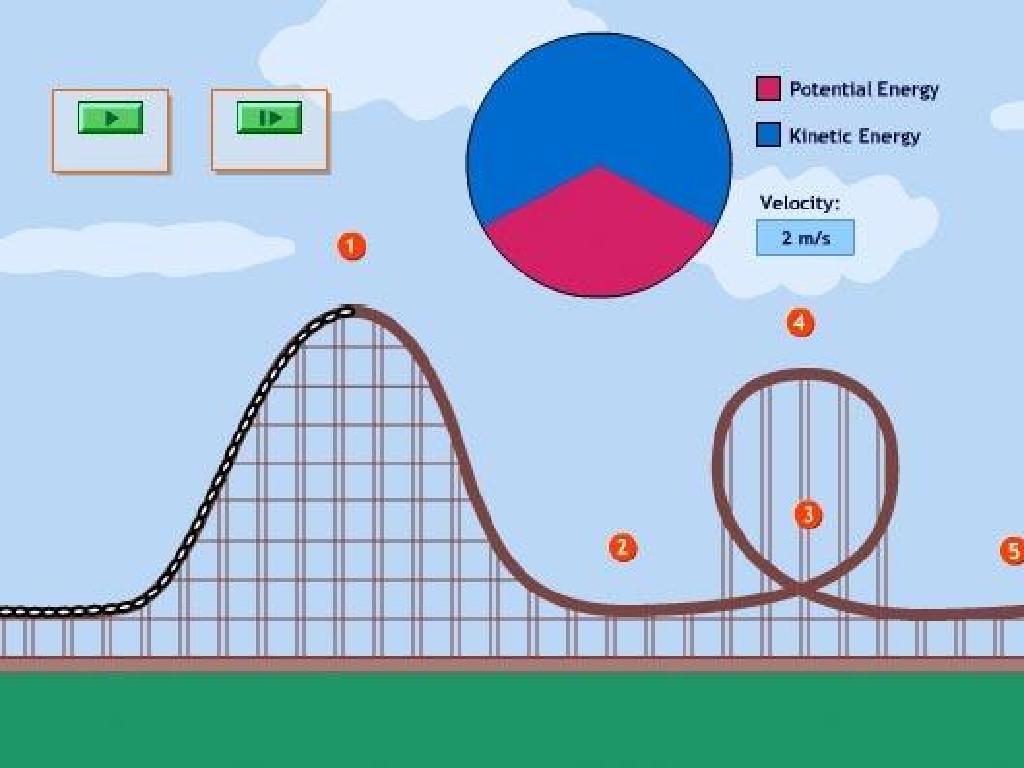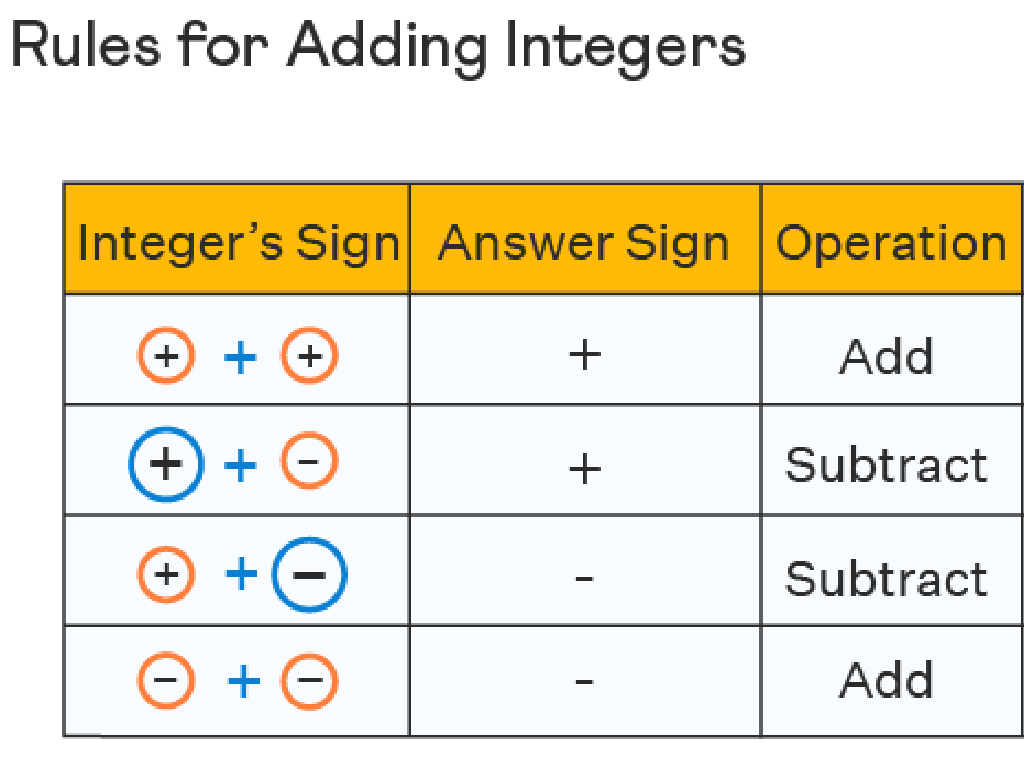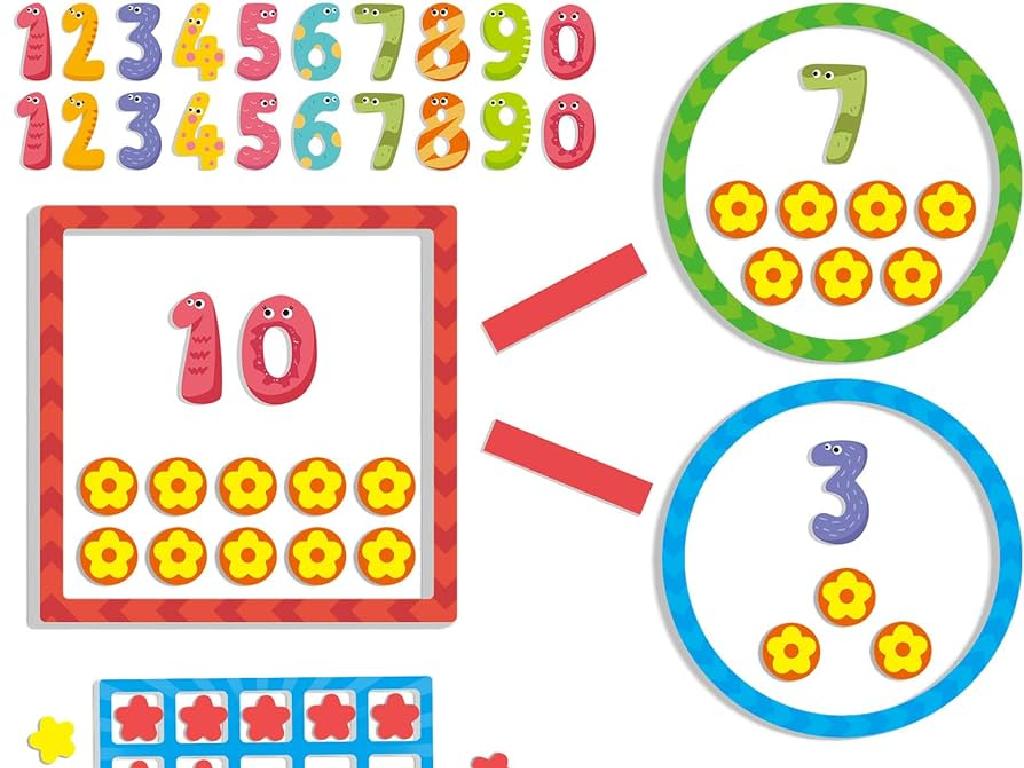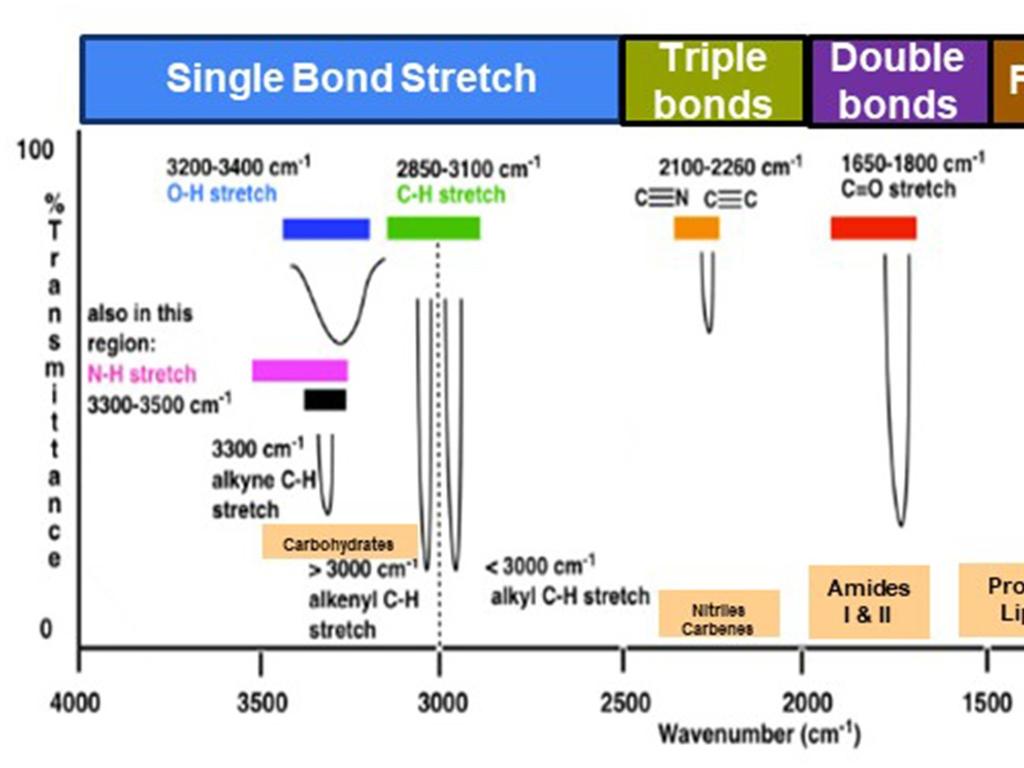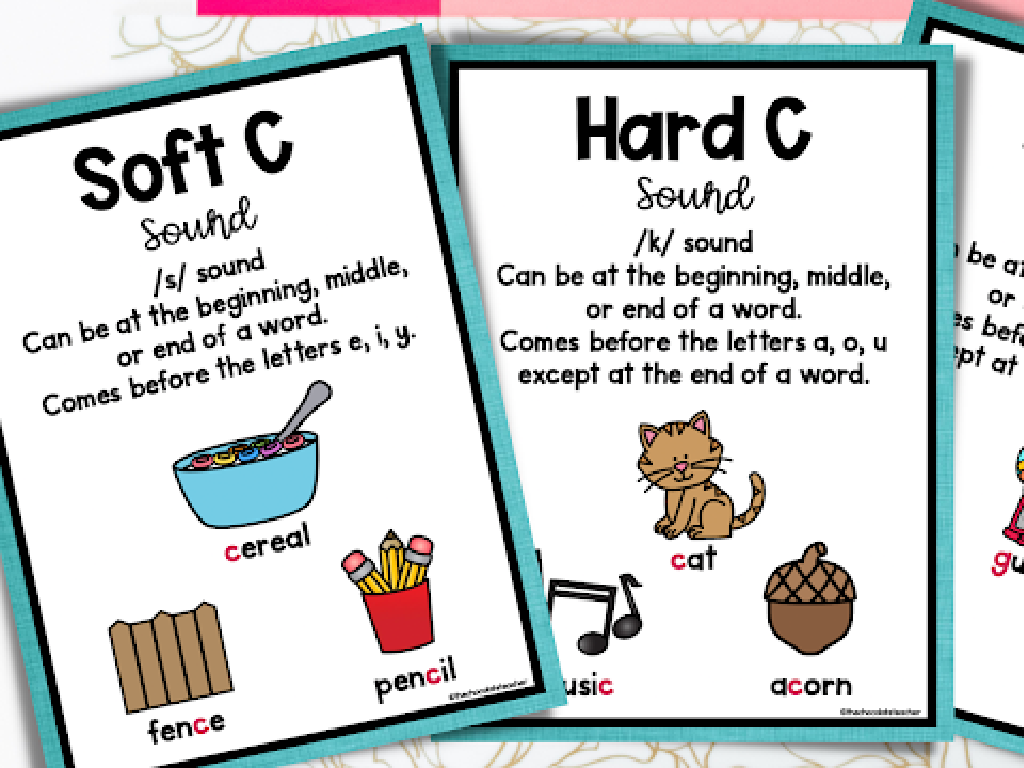Use The Correct Pair Of Correlative Conjunctions
Subject: Language arts
Grade: Fifth grade
Topic: Conjunctions
Please LOG IN to download the presentation. Access is available to registered users only.
View More Content
Exploring Correlative Conjunctions
– Welcome to Language Arts!
– Today’s focus: Correlative Conjunctions
– Conjunctions connect ideas
– They link words, phrases, or clauses
– Examples: ‘either/or’, ‘neither/nor’
– ‘Either you can have cake or ice cream.’
|
This slide introduces the concept of correlative conjunctions to fifth-grade students. Begin by welcoming students to the class and setting the stage for today’s lesson on correlative conjunctions. Explain that conjunctions are words that join together other words, phrases, or clauses in a sentence. Highlight that correlative conjunctions always come in pairs and work together to link related ideas. Provide clear examples such as ‘either/or’ and ‘neither/nor’, and use them in simple sentences. Encourage students to think of conjunctions as ‘bridges’ that connect parts of a sentence to make it complete and coherent. The goal is for students to recognize these conjunction pairs and understand how they function within a sentence.
Mastering Correlative Conjunctions
– Conjunctions connect words
– Like links in a chain, they join words and phrases
– They smooth out sentences
– Examples: and, but, or
– ‘and’ adds, ‘but’ contrasts, ‘or’ offers a choice
– Correlative pairs work together
– ‘Either/or’, ‘neither/nor’, ‘not only/but also’ are pairs
|
This slide introduces the concept of conjunctions to fifth graders, focusing on their role in sentence structure. Conjunctions are the glue that holds words and phrases together, making our sentences flow. Start with basic conjunctions like ‘and’, ‘but’, and ‘or’, then introduce correlative conjunctions, which always come in pairs and work together to connect equal grammatical items. Examples of correlative conjunction pairs include ‘either/or’, ‘neither/nor’, and ‘not only/but also’. Use examples in sentences to illustrate how these conjunctions function. Encourage students to come up with their own sentences using these conjunctions to reinforce their understanding.
Mastering Correlative Conjunctions
– Correlative conjunctions work in pairs
– Like ‘both/and’, ‘either/or’, they link similar elements
– They connect words and phrases
– They ensure sentence elements are parallel
– Examples: either/or, neither/nor
– ‘Either you can have cake/or ice cream.’ Choose one!
– Usage: ‘not only/but also’
– ‘She is not only smart/but also kind.’ Both traits!
|
This slide introduces correlative conjunctions, which are always used in pairs to link equal sentence elements, ensuring parallel structure. Common pairs include either/or, neither/nor, and not only/but also. Provide examples to show how these conjunctions are used in sentences. For instance, ‘either/or’ presents two choices, while ‘not only/but also’ adds information without choosing. Encourage students to create sentences using these conjunctions to solidify their understanding. In the next class, review their sentences to ensure they grasp how to use correlative conjunctions correctly.
Mastering Correlative Conjunctions
– Balance sentences with conjunctions
– Ensure both parts of the sentence match after using conjunctions like ‘either/or’
– Example: Either cake or ice cream
– ‘Either you can have cake or ice cream’ shows a choice between two things
– Grammatical equality is key
– Both sides of ‘either/or’ should be similar grammatically, like noun/noun or verb/verb
|
This slide introduces the concept of correlative conjunctions to the students, emphasizing the importance of balance and grammatical equality in sentence construction. Start by explaining that correlative conjunctions are pairs of words that work together to give equal emphasis to two choices or ideas. Use the example provided to show how the sentence is balanced by offering a choice between two nouns. Encourage students to create their own sentences using correlative conjunctions such as ‘both/and’, ‘not only/but also’, and ‘neither/nor’, ensuring that the grammatical structure is consistent on both sides of the conjunction. This will help them understand how to use these conjunctions effectively in their writing.
Mastering Correlative Conjunctions
– ‘Either / or’ usage
– ‘Either we go to the park or have a picnic.’ Choose between two options.
– ‘Neither / nor’ in sentences
– ‘Neither the blue shirt nor the red shirt fits me.’ When both options do not apply.
– ‘Not only / but also’ structure
– ‘Not only is she a great athlete, but she is also an excellent student.’ To emphasize two positive qualities.
– Practice with examples
|
This slide introduces students to correlative conjunctions, which are pairs of conjunctions used in a sentence to link balanced words or phrases. The examples provided will help students understand how to use ‘either/or’, ‘neither/nor’, and ‘not only/but also’ in sentences. Emphasize the importance of parallel structure when using correlative conjunctions. Encourage students to come up with their own sentences using these conjunctions to reinforce their understanding. You can also create a fun activity where students find and share examples from their favorite books or songs.
Activity: Crafting Sentences with Correlative Conjunctions
– Practice with correlative conjunctions
– Use ‘either/or’ in a sentence
– ‘You can either play outside or read a book.’
– Create with ‘neither/nor’
– ‘She likes neither broccoli nor spinach.’
– Apply ‘not only/but also’
– ‘He is not only smart but also very kind.’
|
This activity is designed to help students understand and practice using correlative conjunctions. Correlative conjunctions are pairs of words that work together to give more detail in a sentence. For this exercise, students will create their own sentences using the pairs: either/or, neither/nor, and not only/but also. Encourage creativity and sharing among the class to build confidence. As a teacher, provide guidance on how these conjunctions connect ideas in a sentence. Possible activities: 1) Pair students to write a short story using all three conjunctions. 2) Create a worksheet with sentence starters for each conjunction pair. 3) Have a contest to see who can come up with the most creative sentences. 4) Role-play scenarios where students have to use these conjunctions in dialogue.
Class Activity: Conjunction Match-Up
– Pair up for a matching game
– Match sentence halves with conjunctions
– Use correlative conjunctions like ‘either/or’ and ‘neither/nor’
– Discuss the appropriateness of conjunctions
– Why does ‘not only/but also’ fit in your sentence?
– Present your best sentence to the class
|
This activity is designed to help students understand the use of correlative conjunctions in sentences. Students will work in pairs to combine sentence halves into a complete sentence using the correct correlative conjunctions such as ‘either/or’, ‘neither/nor’, ‘both/and’, ‘not only/but also’. After matching, they should discuss why the chosen conjunctions are appropriate for their sentences, focusing on the relationship between the ideas being connected. Finally, each pair will present their best sentence to the class, explaining their choice of conjunction. This will foster a deeper understanding of how correlative conjunctions can change the meaning of a sentence and how they are used to connect related ideas. Provide guidance and examples on the board for students to refer to during the activity.
Conclusion & Homework: Correlative Conjunctions
– Excellent work on correlative conjunctions!
– Homework: Craft a short story
– Include at least five pairs like ‘either/or’ and ‘not only/but also’
– Use 5 different correlative conjunction pairs
– Example: ‘Neither the rain nor the snow stopped her.’
– Balance sentences with conjunction pairs
– Ensure both parts of the sentence match grammatically
|
Students have done a great job learning about correlative conjunctions. For homework, they are tasked with writing a short story that includes at least five different pairs of correlative conjunctions. This will help reinforce their understanding of how these conjunctions function in sentences. Remind them to pay attention to sentence balance, making sure that the sentence parts connected by the conjunctions are parallel in structure. During the next class, students can share their stories and discuss the correlative conjunctions they used, further solidifying their grasp of the concept.

